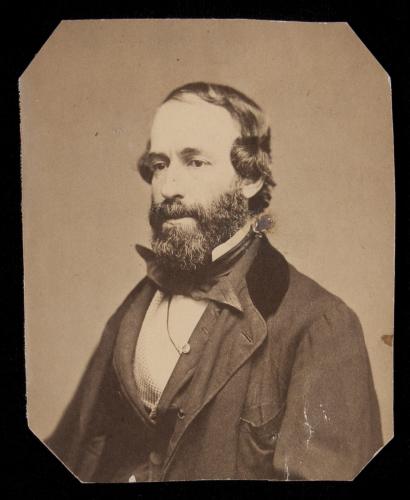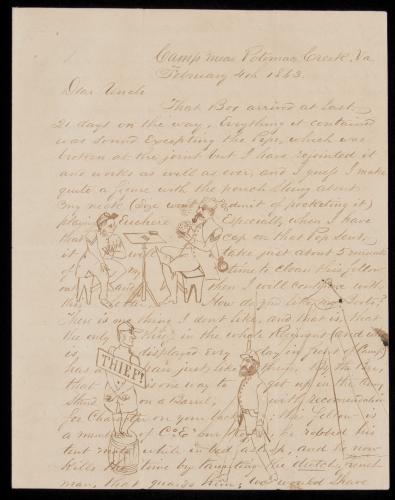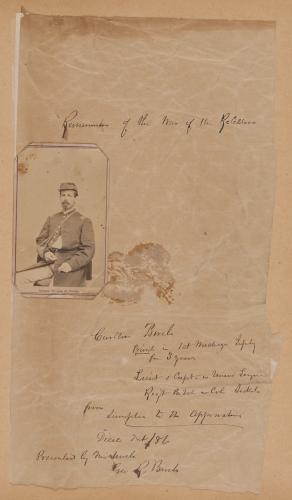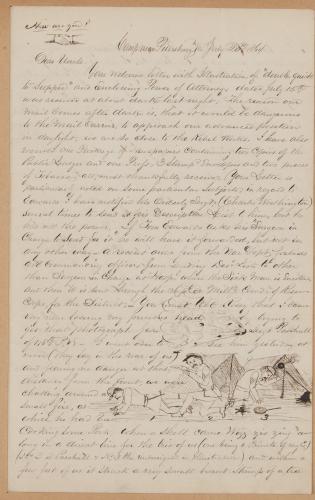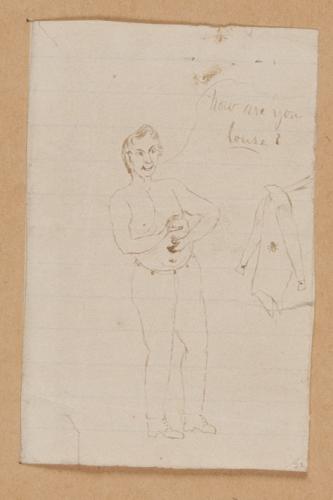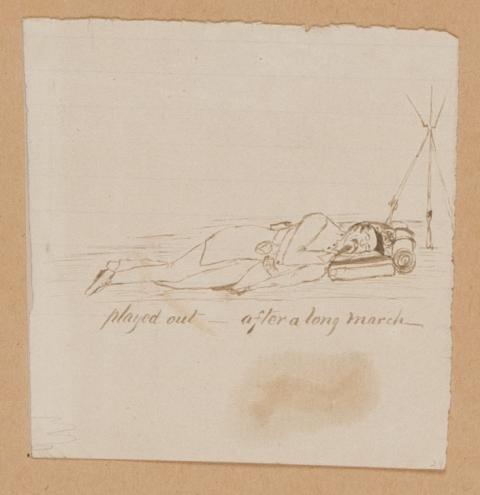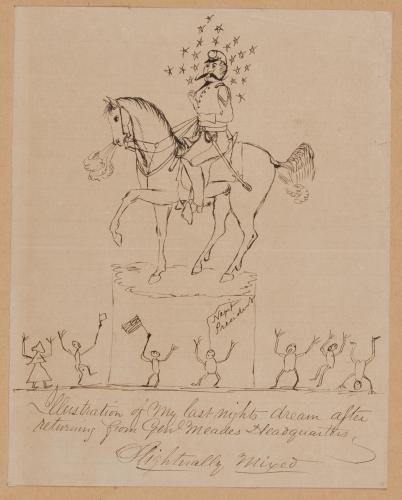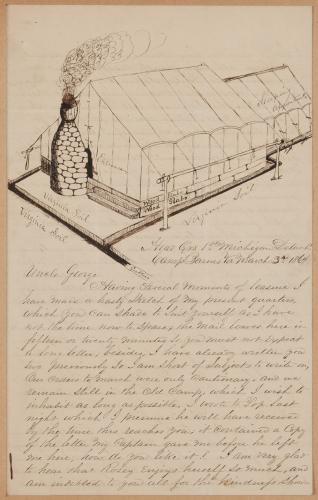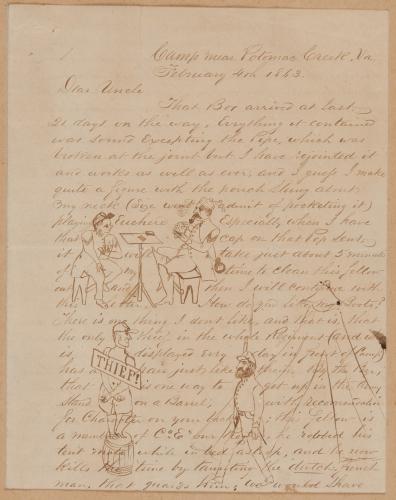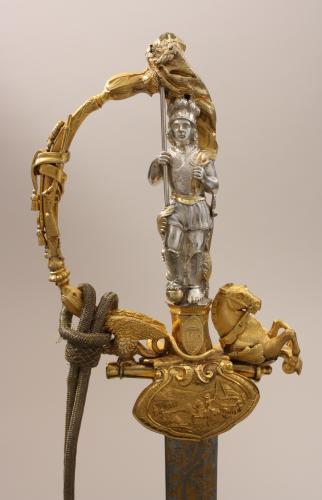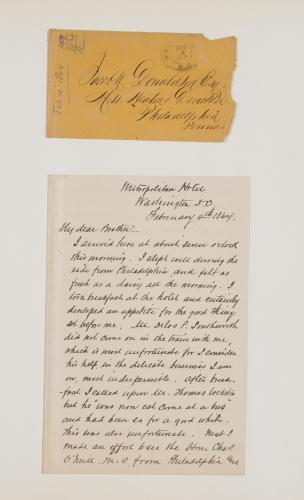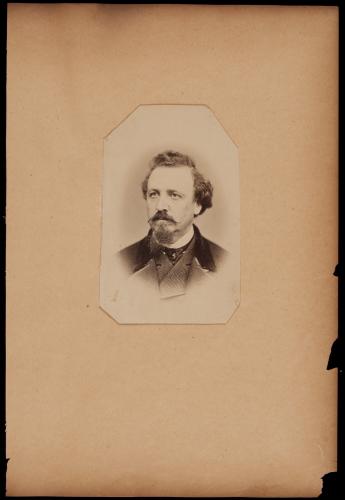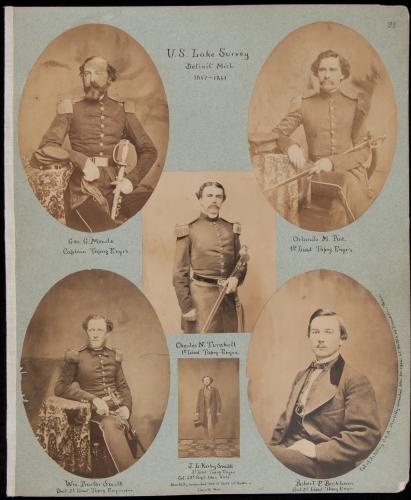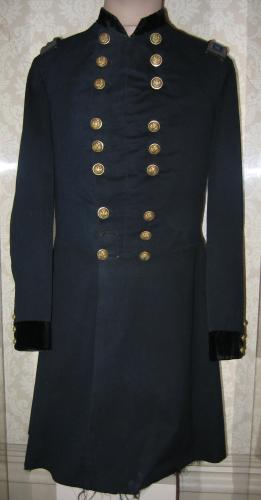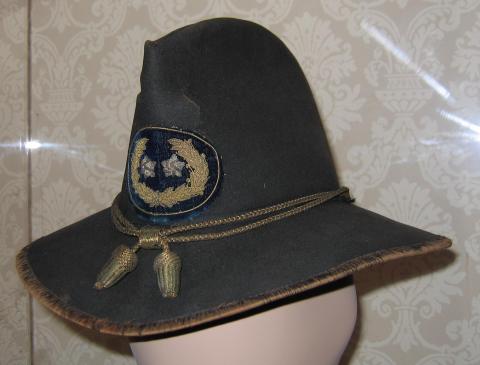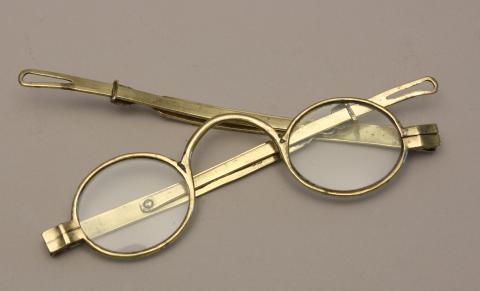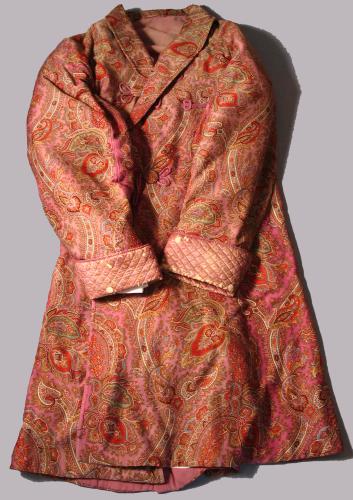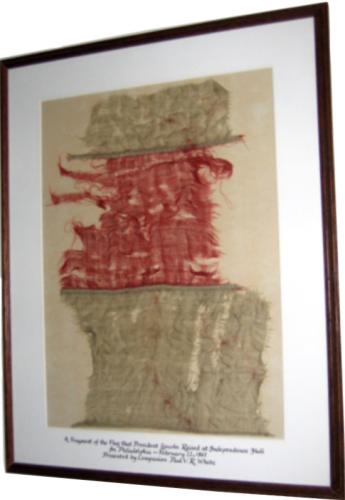You are viewing all posts
Celebrating Juneteenth
Celebrate Juneteenth at our partners.
A City Divided: The Civil War, Philadelphia, and the Union League
A City Divided: The Civil War, Philadelphia, and the Union League is currently on display in The Sir John Templeton Heritage Center through June 2024. The Heritage Center is home to the Legacy Foundation; the space is a celebration of the rich history, heritage and traditions of The Union League of Philadelphia, and serves as a portal to the community. The Legacy Foundation encourages members, scholars, students and others to view, research and interact with the history and collections through both the rotating exhibitions and the research center. The Legacy Foundation is dedicated to the same tenets of freedom and free enterprise upon which the Union League was founded, and through historic preservation, education, and scholarship promotes these values and ideals, inspiring more educated, engaged, and responsible citizens.
Slavery and Liberty at America’s Founding
In honor of Black History Month, on February 28 at 7:00pm, the Civil War Museum of Philadelphia proudly partners with the National Constitution Center and with the generous support of Citizens in presenting: Historians Harold Holzer, author of several books on President Abraham Lincoln, including Lincoln: How Abraham Lincoln Ended Slavery in America; and Manisha Sinha, author of The Slave's Cause: A History of Abolition; join Edward Larson for a conversation on Larson’s new book, American Inheritance: Liberty and Slavery in the Birth of a Nation, 1765-1795, to explore the paradox of liberty and slavery in Revolutionary America through the Civil War era.
Jeffrey Rosen, president and CEO of the National Constitution Center, moderates.
"Vigilance: The Life of William Still, Father of the Underground Railroad"
The Civil War Museum of Philadelphia proudly sponsors on Thursday, January 26, LancasterHistory's first Regional History Colloquium of 2023 featuring Towson University’s Dr. Andrew Diemer discussing his latest book, Vigilance: The Life of William Still, Father of the Underground Railroad.
William Still was born free in New Jersey, the youngest son of parents who escaped from slavery on the eastern shore of Maryland. In the decades leading up to the Civil War, Still organized an abolitionist network that aided hundreds of freedom seekers who passed through Pennsylvania. Still published the stories of these freedom seekers in one of the most important manuscripts to document that secretive network. Towson University professor Dr. Andrew Diemer joins LancasterHistory to discuss his new biography of William Still, the Father of the Underground Railroad.
Andrew Diemer, Ph.D. is Associate Professor of History at Towson University, where he has taught since 2011. He received his Ph.D. from Temple University, and is the author of The Politics of Black Citizenship: Free African Americans in the Mid-Atlantic Borderland, 1817-1863 (University of Georgia Press, 2016). He lives in Philadelphia, Pennsylvania.
Conservation of the George Meade, Jr. Album of Union and Confederate Officers
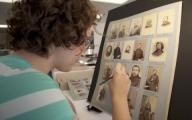
meade conservation
CCAHA Mellon Fellow Jessica Keister inpainting photographs
The Meade Album holds almost 1,400 carte-de-visite portraits of all the officers who served in the Army of the Potomac, the major Union army famous for fighting under General George G. Meade in the Battle of Gettysburg in 1863. The album was assembled by Gen. Meade's son, also named George, who served on the General’s staff during the war.
Collecting cartes was a popular pastime among Civil War officers, and George probably began gathering these images during the war and then worked throughout his life to complete the album, using his father’s connections to locate veterans or find information. Underneath or next to each portrait are likely what are George’s handwritten notes, which include the officer’s name and rank and indicate whether he was injured or killed in battle. Toward the back of one volume, George began to add cartes of Confederate officers. These portraits were most likely collected after the war’s end, when soldiers from both sides networked and held reunions.
George, a member of the Military Order of the Loyal Legion of the United States (the organization that founded the Civil War Museum of Philadelphia in 1888), eventually gave the Meade Album to the Museum, along with other family items. When the album arrived at the Conservation Center for Art & Historic Artifacts (CCAHA) earlier this year to receive treatment through a Save America’s Treasures grant, many of the cartes were faded and yellowed. The surface was cleaned on each of the album pages and old tapes were removed. After mending breaks in the pages and consolidating several fragile photographs, watercolors were used to inpaint losses in the images. Finally, each page was placed in a paper folder for storage.
To reduce future handling of the pages, each page was photographed with a digital camera. The Meade Album is the only source of images for many of the lesser-known officers in the Army of the Potomac, making it a valuable resource for Civil War researchers.
Board of Governors Announces Plans for the Future
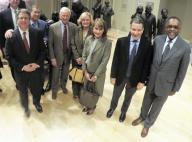
websitecwmp ncc gf at ncc 1
Back row: Ed W. Clark, Superintendent, Gettysburg National Military Park
Mark Bender, CWMP Board; Craig Bashein, Gettysburg Foundation Board; Robert Kinsley, Chair, Gettysburg Foundation Board; Sharon Smith, President, CWMP; Joanne Hanley, President, Gettysburg Foundation; Jeffrey Rosen, President, National Constitution Center; and Oliver St. Clair Franklin, Chair, CWMP Board
The leadership of the Civil War Museum, the Gettysburg Foundation, the Gettysburg National Military Park, and the National Constitution Center met in the Signers Gallery at NCC after working on plans to develop a partnership. The outline of the final plan will transfer the CWMP collection to the Gettysburg Foundation and support NCC’s efforts to develop a new exhibit on the Civil War and the Constitution.
Bells Across The Land
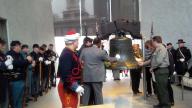
liberty bell
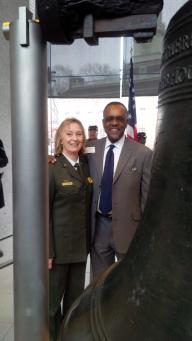
oliver
Conserving soldier Carlton Birch's Record in War
Carlton Birch created an extensive account of his day-to-day life serving as a soldier in the Civil War through the letters, notes, and small drawings he sent to his family. A Michigan native, Birch originally enlisted in the First Michigan Volunteer Infantry Regiment, then transferred to a Pennsylvania unit. Although little is known about Birch’s history, this transfer may have occurred because Birch’s wife spent the war at her family’s home in Philadelphia, the destination of many of Birch’s letters.
Record in War, a collection of 31 manuscripts, consists of these letters, notes, and drawings, as well as four albumen photographs (one a carte-de-viste portrait of Birch, another a portrait of sculptor J.A. Baille) and an ivory miniature portrait. With hinges along just one side so that the backs may be viewed, the manuscripts and photographs are mounted to support pages, which are bound into a scrapbook.
Since the time they were written, the manuscripts had discolored due to contact with the acidic scrapbook pages. Many letters were creased, and several had losses and tears, some of which someone once repaired with paper tapes. The brown ink Birch occasionally used had faded. Overall, the letters were moderately soiled and stained. Fortunately, through a Save America’s Treasures grant, the Civil War Museum of Philadelphia was able to conserve Record in War at the Conservation Center for Art & Historic Artifacts (CCAHA) in Philadelphia, PA.
CCAHA conservators surface cleaned the manuscripts and photographs with white vinyl erasers to reduce dirt and grime. They sprayed the manuscripts with ethanol to protect the inks during treatment before washing the manuscripts in several baths of calcium-enriched deionized water to reduce discoloration and remove water-soluble degradation products. Tears were mended, losses bridged, and weak areas reinforced with various toned mulberry papers and wheat starch paste. Then the manuscripts were humidified and pressed into plane.
View before-and after-treatment images (as well as examples of Birch’s drawings) in the slideshow above.
Save America's Treasures
In 2009, the Civil War Museum of Philadelphia began an extensive project to conserve material in the Museum’s collection thanks to a generous $150,000 grant from the federal “Save America’s Treasures” grant program along with matching funds from the William Penn Foundation. The two-year project will conserve and rehouse high priority items, including manuscripts, photographs, paintings, flags, uniforms, and weapons of the Union officers who founded the Museum in the 19th century.
Save America’s Treasures aims to preserve the important and irreplaceable physical reminders of America’s history, ensuring that future generations may learn from and enjoy them. In awarding funds to the Civil War Museum of Philadelphia, the Institute of Museum and Library Services (IMLS) recognized the Museum’s collection of Civil War documents and artifacts as one of the finest in the country.
The Museum partnered with the Conservation Center for Art & Historic Artifacts to design and manage the project. Treatment has been completed on the Tiffany-created sword presented to General Ulysses S. Grant by his officers after the Union victory at Vicksburg, along with its elegant ebony case; General George Gordon Meade’s topographical and presentation swords; and General John F. Reynolds’s sword belt. Preservation of extraordinary first-person accounts of troop movements, battles, concerns about family and the home front, and trenchant observations of politics in the Union Army are captured in the newly conserved letters from Francis Adams Donaldson, the journals kept by Carlton Birch and the Maj. George Meade, Jr., Album of Union and Confederate Officers, the most complete photographic record of the Union army. Treatment is currently underway on General Meade’s frock coat, slouch hat, and sash; on sashes that belonged to Grant and Reynolds; and on Confederate President Jefferson Davis’s smoking jacket.
Established by Executive Order in 1998, Save America’s Treasures is administered through a public-private partnership that includes the National Trust for Historic Preservation, the National Park Service, the President’s Committee on the Arts and Humanities, and the federal cultural agencies: IMLS, the National Endowment for the Arts, and the National Endowment for the Humanities. Grants are awarded through a competitive process and require a dollar-for-dollar match. IMLS is administering the grant for the Civil War Museum of Philadelphia; click here to read IMLS’s press release for the award announcement.
